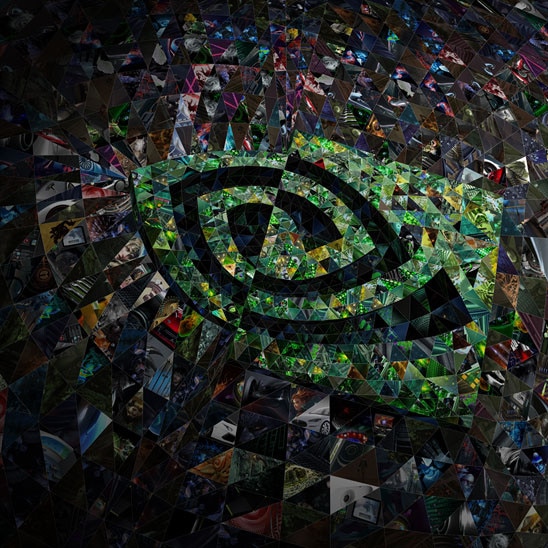Processors for tablets and smart phones generally consist of licensed parts from several different companies and in terms of CPU architectures, ARM is the clearly dominant player with its Cortex A-series. On the GPU front, it looks different where ARM competes with Imagination Technologies (PowerVR).
Yesterday’s PC industry, which produced several hundred million units a year, will soon become a computing-devices industry that produces many billions of units a year. And visual computing is at the epicenter of it all. […] But it’s not practical to build silicon or systems to address every part of the expanding market. Adopting a new business approach will allow us to address the universe of devices.
Now Nvidia is entering the game and is starting to license out its graphics architectures. The company’s blog explains that the market for consumer electronics is growing beyond the traditional personal computer to turn over several billion units each year, but that it is not practical for the company to take developing circuits on its own to meet all market opportunities.
Nvidia begins by licensing the Kepler architecture, which will be used in their current generation graphics card, as well as the upcoming Tegra 5 “Logan” system circuit, which arrives next year. The company describes Kepler as the world’s most efficient and advanced GPU architecture, with the ability to scale down to 0.5 watts in power consumption and support for DirectX 11, OpenGL 4.3 and GPGPU.
In addition to Kepler, future architectures, such as Maxwell and Volta, will also be licensed. This must be done in good time to give their customers the same opportunities to get tailor-made solutions on the market. The goal of the new business model is primarily mobile circuits, but Nvidia does not exclude the use of technology for other segments.
The company’s CEO Jen-Hsun Huang tells Reuters that this is just the beginning and that they are open to licensing their technology for LTE / 4G modems, which they gained access to after the acquisition of Icera. Here is today the software-based LTE / 4G modem Icera i500, which Nvidia also integrated in the upcoming Tegra 4i.















